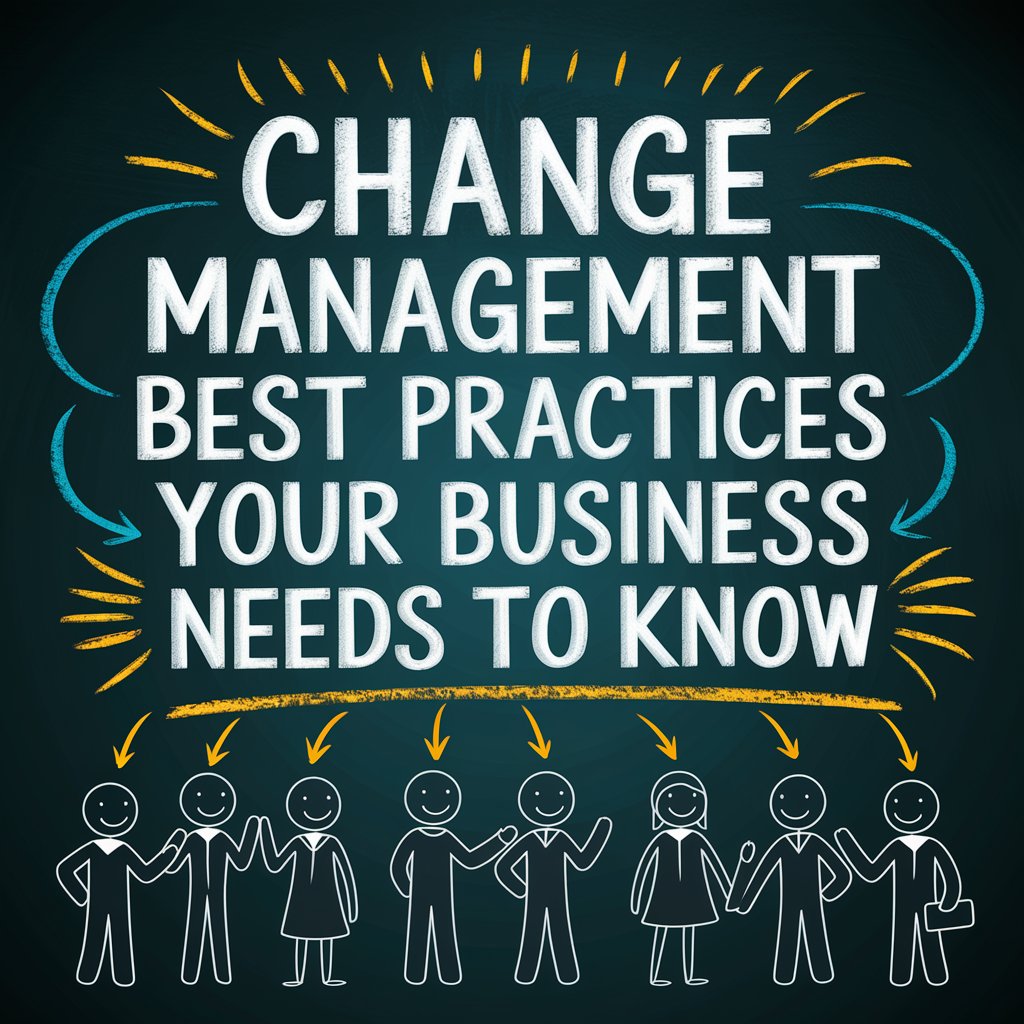Change is an inevitable part of any business environment. Whether driven by market trends, technological advancements, or internal restructuring, managing change effectively is crucial for long-term success. Implementing a robust change management strategy ensures that transitions occur smoothly, minimizes resistance, and maximizes employee engagement. Below, we explore best practices for effective change management that every business should consider.
Understanding Change Management
Before diving into best practices, it’s essential to understand what change management entails. Change management refers to the structured approach to transitioning individuals, teams, and organizations from a current state to a desired future state. It involves preparing, supporting, and helping individuals make organizational changes successfully. The goal is to ensure that the change is implemented efficiently and that employees are aligned with the new direction. Involving key stakeholders is a crucial step, and management consulting companies can provide expert guidance to ensure the change management process is smooth and efficient.
1. Establish Clear Objectives
One of the first steps in effective change management is to define clear objectives. Before initiating any change, it’s crucial to articulate the purpose behind it. Whether it’s improving operational efficiency, adapting to new regulations, or enhancing customer experience, having clear objectives helps to create a focused plan.
Why It Matters
Clear objectives provide direction for the change initiative and serve as a reference point throughout the process. They help in communicating the reasons for change to employees, thereby reducing uncertainty and resistance.
2. Communicate Effectively
Communication is a cornerstone of successful change management. Ensuring that all stakeholders are informed about the change process, its impact, and their roles is vital. This communication should be timely, transparent, and consistent.
Best Practices for Communication
- Utilize Multiple Channels: Use emails, meetings, newsletters, and internal platforms to reach different audiences effectively.
- Encourage Feedback: Create avenues for employees to ask questions and voice concerns. This fosters a culture of openness and can provide valuable insights.
- Highlight Benefits: Emphasize the positive aspects of the change and how it will benefit employees and the organization as a whole.
3. Involve Key Stakeholders
Engaging key stakeholders throughout the change process is crucial for gaining buy-in and support. Identify individuals or groups who will be significantly affected by the change or who have influence over others.
How to Involve Stakeholders
- Create a Change Management Team: Form a dedicated team that includes representatives from various departments. This team can help plan and implement the change while addressing concerns.
- Conduct Workshops: Hold workshops to discuss the change initiative, gather input, and foster collaboration among stakeholders.
4. Assess the Impact of Change
Understanding the potential impact of change on various aspects of the organization is critical. Conducting an impact analysis can help identify risks and areas that may require additional support.
Areas to Assess
- Organizational Structure: How will the change affect team dynamics and reporting lines?
- Work Processes: Will existing processes need to be modified or replaced?
- Employee Roles: Are there new skills required, or will some roles become redundant?
5. Develop a Comprehensive Change Plan
A well-structured change plan outlines the steps necessary to implement the change effectively. It serves as a roadmap, detailing timelines, resources, and responsibilities.
Key Components of a Change Plan
- Timeline: Establish milestones and deadlines to monitor progress.
- Resources Needed: Identify what resources (financial, human, technological) are required for successful implementation.
- Training Requirements: Determine if employees need training to adapt to the new processes or systems.
6. Provide Training and Support
One of the most significant barriers to successful change is the lack of employee preparedness. Providing training and support is essential to help employees adapt to the changes.
Types of Support to Offer
- Training Sessions: Offer workshops or training programs to equip employees with the necessary skills.
- Mentorship Programs: Pair experienced employees with those who are struggling to adapt, fostering a supportive environment.
- Ongoing Support: Ensure that employees have access to resources and assistance even after the initial implementation.
7. Monitor Progress and Adapt
Change management is not a one-time effort; it requires ongoing monitoring and adaptation. Regularly assess the effectiveness of the change initiative and be willing to make adjustments as needed.
Monitoring Techniques
- Feedback Surveys: Conduct surveys to gather employee feedback on how the change is being perceived and its impact.
- Performance Metrics: Use key performance indicators (KPIs) to measure the success of the change against the established objectives.
8. Celebrate Successes
Recognizing and celebrating milestones throughout the change process is crucial for maintaining morale and encouraging ongoing engagement. Celebrating successes can reinforce positive behaviour and motivate employees to continue supporting the change.
Ways to Celebrate
- Acknowledge Contributions: Publicly recognize individuals or teams who played a significant role in the change process.
- Host Events: Consider hosting events or gatherings to celebrate the successful implementation of changes, reinforcing a sense of community.
9. Foster a Culture of Change
For change management to be effective long-term, it’s important to cultivate a culture that embraces change. This involves encouraging innovation, flexibility, and adaptability throughout the organization.
Strategies to Foster a Change Culture
- Lead by Example: Leaders should model adaptable behaviour and demonstrate commitment to change initiatives.
- Encourage Innovation: Create an environment where employees feel safe to propose new ideas and improvements.
- Provide Continuous Learning Opportunities: Offer training and development resources to help employees acquire new skills and stay updated on industry trends.
Conclusion
Implementing effective change management practices is essential for navigating the complexities of today’s business environment. Organizations can enhance their resilience and adaptability by establishing clear objectives, communicating effectively, involving stakeholders, and providing adequate training and support. Change is not merely a challenge; when managed properly, it can become an opportunity for growth and innovation. Embrace these best practices to ensure your business not only survives change but thrives in it.




